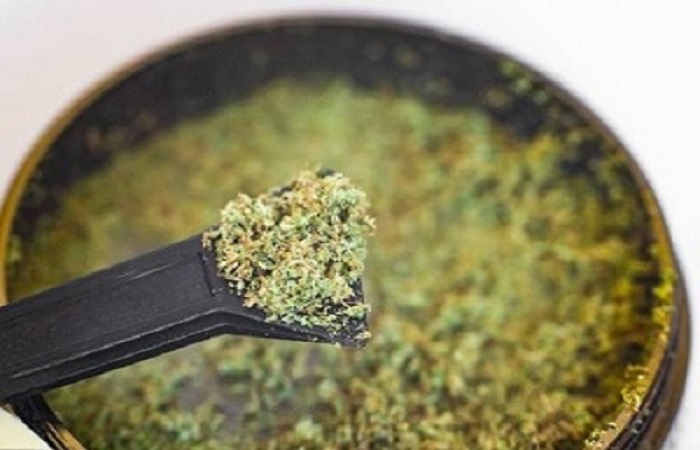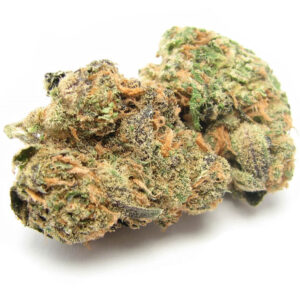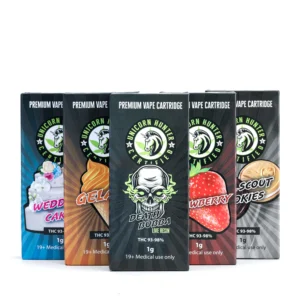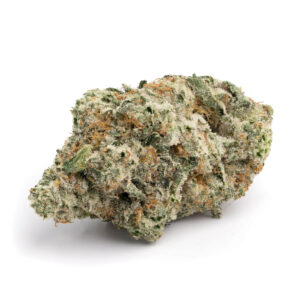In the world of cannabis, enthusiasts are continually exploring various forms and methods of consumption. Two popular and potent concentrates that often find their way into discussions are kief and hash. Both are derived from the cannabis plant and boast high concentrations of cannabinoids, providing users with unique and intense experiences. In this article, we will delve into the characteristics, production methods, and effects of kief and hash, highlighting the differences between these two natural weed concentrates.
What is Kief?
Kief, often referred to as cannabis crystals or pollen, is the trichome-rich powder that collects at the bottom of grinders or other cannabis processing tools. Trichomes are tiny, resinous glands on the surface of cannabis flowers, and they contain cannabinoids like THC and CBD, as well as aromatic compounds called terpenes. Kief is essentially a concentrated form of these trichomes, offering a potent blend of cannabinoids and terpenes.
Production of Kief:
The production of kief is a simple and natural process. As cannabis buds are ground or manipulated, trichomes break away and fall through the screen of a grinder. The resulting powder collects in a compartment below, forming kief. This concentrate is versatile and can be used in various ways, such as sprinkling it on top of a bowl, adding it to joints or blunts, or incorporating it into edibles for an extra kick.
Effects of Kief:
Kief is renowned for its potency due to its high cannabinoid content. When consumed, it can deliver a powerful and immediate psychoactive experience. The concentrated THC in kief often results in a quicker onset of effects compared to traditional methods of consumption. Users report enhanced euphoria, creativity, and a deep sense of relaxation. However, due to its potency, it’s advisable for individuals to approach kief with caution, especially those with a lower tolerance or new to cannabis.
What is Hash?
Hash, short for hashish, is another popular cannabis concentrate with a rich history dating back centuries. Unlike kief, hash is a more refined product that involves extracting trichomes from the plant material and compressing them into a solid, resinous form. The color, texture, and aroma of hash can vary depending on factors such as the strain of cannabis used and the production methods employed.
Production of Hash:
The production of hash typically involves separating trichomes from the plant material using methods like dry sifting, ice water extraction, or the traditional hand-rolling technique. Once the trichomes are collected, they are pressed into a solid mass, forming hash. The end product can range from soft and pliable to hard and brittle, with different textures influencing the overall smoking or vaporizing experience.
Effects of Hash:
Hash delivers a potent and concentrated experience similar to kief, but the nuances of the effects can vary. Some users find that hash provides a smoother and more flavorful smoke compared to traditional cannabis flowers. The high cannabinoid content in hash can lead to a robust psychoactive experience, often characterized by deep relaxation, increased sensory perception, and, in some cases, a more sedative effect. As with kief, users should exercise caution, especially if they are not accustomed to high-potency cannabis products.
Differences Between Kief and Hash:
While both kief and hash offer concentrated forms of cannabis, there are key differences between the two. Kief is a loose, powdery substance that accumulates naturally, while hash is a more processed and compressed concentrate. The production methods, textures, and flavors of these concentrates also differ, providing users with a range of options based on their preferences.
Conclusion:
In the world of cannabis concentrates, kief and hash stand out as two natural and highly potent options. Whether you prefer the loose, powdery nature of kief or the solid, resinous form of hash, both concentrates offer a unique and intense experience for cannabis enthusiasts. As with any cannabis product, responsible consumption and awareness of personal tolerance levels are essential. Exploring these concentrates can open up new dimensions of enjoyment for cannabis users, allowing them to savor the diverse and nuanced effects of these natural weed concentrates.






